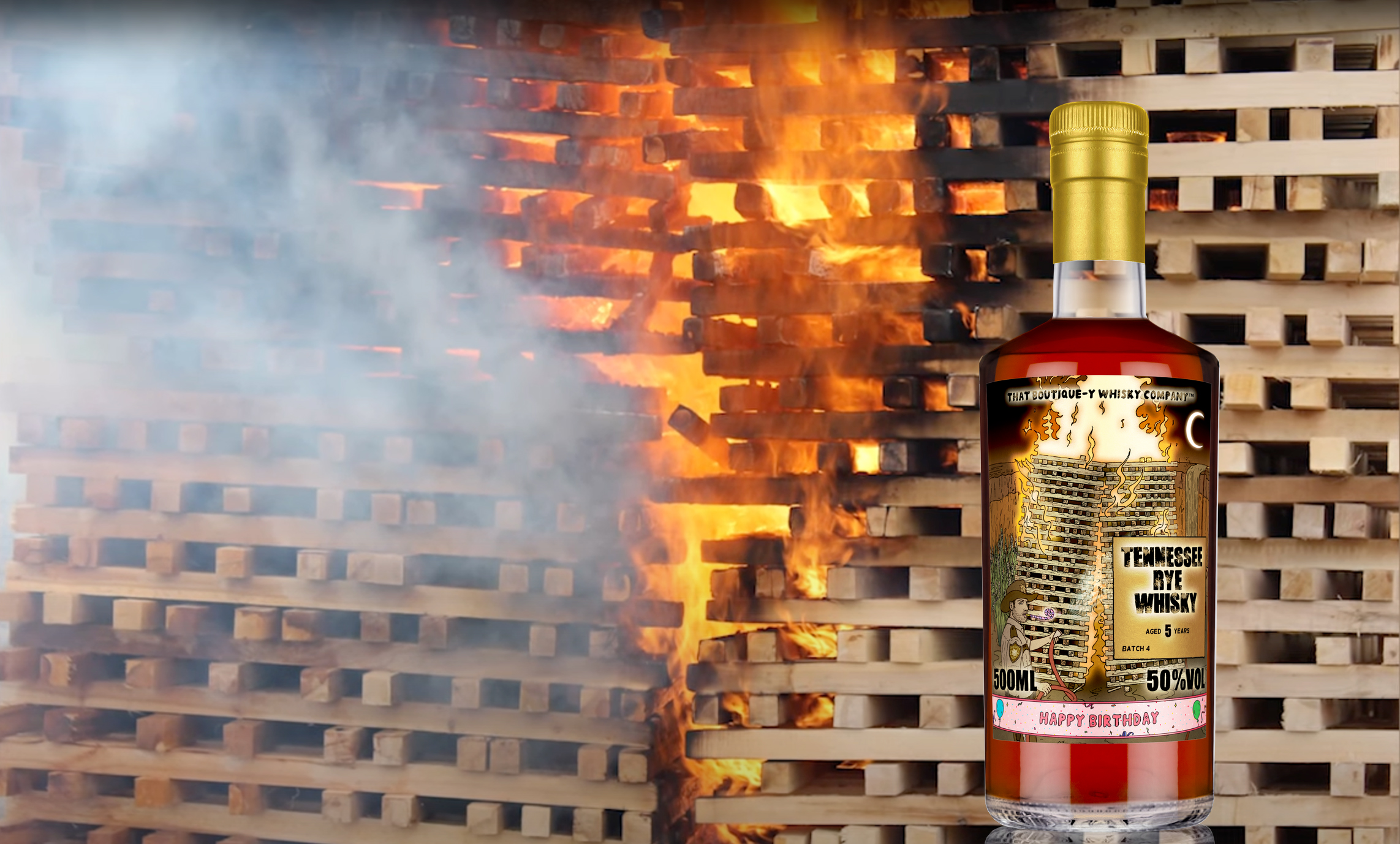Second whisky of my closed distilleries series comes from Inverness in the Highlands. We have today a Glen Albyn 1974 from Gordon & Macphail‘s Connoisseurs Choice’s range, at the time of their map labels. But first, let’s talk about Glen Albyn history and a view about how it ran at the end of the 1800s. Then, we’ll review this Glen Albyn 1974 Gordon & Macphail.
Glen Albyn Distillery
Before 1745, Inverness was by far the main malting town in Scotland, having almost a monopoly. They were supplying most of the northern counties of Scotland as well as the Hebrides with malt, making quite a fortune thanks to that. However, most of that money was spent on breweries, and when the trade disappeared after the revolution, most of the malt kilns and breweries fall into decay. In 1846, Glen Albyn (Great Glen in Gaelic) was founded over the ruins of one of those by Provost Sutherland of Inverness. Strangely, some sources say it was founded in 1844, so maybe it was founded in 1844 but had its licence and started producing only in 1846? Anyway. The distillery ran for twenty years before closing and being turned into a flour mill in 1866.

However, in 1884, the distillery was rebuilt by Grigor & Co. At the time, the grain lofts were a three-story building, with the upper two storing barley, and the one under was the spirit warehouse. Alongside the granaries was a building used for the steep, where the barley was conveyed directly through a screw. The granaries were a two-story building, the upper one used a malting house, whilst the under one was connected to the other building and used as a spirit warehouse as well. The steep was able to wet 40 quarters of barley at one time (about 800 kilograms). The barley, once germinated, was raised by elevators to the kiln. It had an open furnace, and peat and coke was used to dry up to 350 bushels of barley at a time (about 7.6 tons). The dried malt was then transferred to two deposits, capable of storing 6,000 bushels (about 130 tons!) The dried malted barley would then be crushed by the malt mill and then conducted by elevators to the mashing machine to be mixed with water, falling into the mash tub. The mash tub was built seven feet from the ground so that the worts could drain directly from under and go through copper pipes to a refrigerator system. Once cooled, the worts were pumped back to the tun room into one of the three wash backs. After fermentation, the wort turned wash was conveyed by copper pipes to the wash charger in the distilling house. Then, it would be distilled in a 1,800 gallons (8192 litres) wash still. The low-wines were distilled again, in the 1,500 gallons (6819 litres) low-wines still (or spirit still). The vapours of spirit were condensed by worms, each of the two stills having 300 to 400 feet of worm pipes. The pipes were not the usual round one but with the shape of the letter D, with the flat side down, so that there was contact with a larger surface for cooling. The annual output was 75,000 gallons (about 340,000 litres).
In 1891, ownership was transferred to Glenalbyn Distillery Co. (with Glenalbyn in one word). The following year, John Birnie – who was distillery manager and who would become provost of Inverness for six years in 1910 – left Glen Albyn, to partner with Charles Mackinlay, a blender from Leith. The distillery fell silent again between 1917 and 1919, when it was used as a US Naval base for the production of sea mines and submarine nets. Mackinlat & Birnie would later construct Glen Mhor distillery close to Glen Albyn, that they acquired in 1920 as they restarted it.
In 1954, they replaced the malting floors in both distilleries by Saladin boxes, become two of the first distilleries to introduce this system in Scotland, after Tamdhu. Saladin boxes are large 50 metres long containers invented by French engineer Charles Saladin in the end of the 19th century, used to overcome the roots of the germinated barley becoming entangled if not regularly turned by hand, making a mat of barley unusable for further processing. They worked by having a set of vertical screws on a crowbar, moving horizontally across the length of the container, the screw raising the barley from bottom to top.
In 1972, DCL bought Glen Albyn and Glen Mhor from Birnie and Mackinlay, before finally closing both distilleries in 1983. Since then, the distilleries have been demolished to make way for superstores.
Glen Albyn 1974 Gordon & Macphail Review
Distilled back in 1974 under DCL ownership, this Glen Albyn was bottled by Gordon & Macphail in 2003. Not much is known about the number of bottles or the type of oak casks used for maturation. It was bottled at 46% ABV, without mention of chill filtration nor colouring. Bottles rarely appear on auction, one was sold for £230 in June 2021 on Whisky Auctioneer for instance.

Colour:
Deep dark gold.
Nose:
Immediately overripe fruits, potpourri, the nose feels fat and sweet. Beeswax and some kind of creaminess.
Palate:
Soft citrusy arrival. This is a bit oaky and prickly, with spices, pepper and ginger tingling on the tongue. There is a citrusy sourness as well with oranges and pink grapefruit.
Finish:
The finish is almost salty, a bit oaky as well, with apple, chocolate, coffee beans, for quite long.
Comments:
Whilst it was not the most complex and overwhelming dram of that tasting flight (with the Glenesk reviewed earlier on this blog and other reviews to come), it was still really good. I don’t know if they used peat until the end of the distillery’s life, but I couldn’t discern any peaty or smoky notes. I’d guess this was matured in bourbon casks, even though no information was provided. Unfortunately, the lack of precision of my tasting notes does not show that, but this felt ‘old style’. It was still quite lively despite its 28 or 29 years and the almost two decades in glass.



